The billion-dollar stakes of overlooking mining risks
How understanding and mitigating risks can save mining companies from catastrophic losses
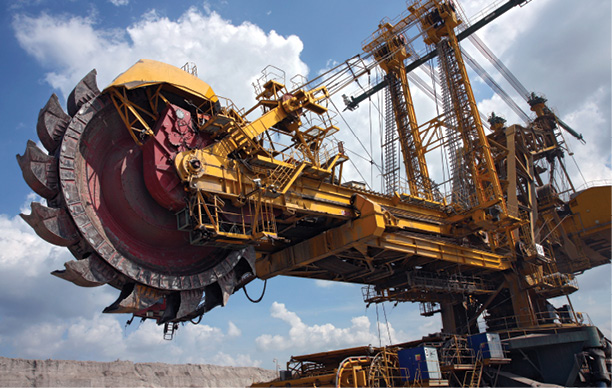
For C-suite executives in the mining industry, maximizing shareholder value is paramount. This means keeping operations running smoothly and avoiding disruptions at all costs. But is your organization taking the necessary steps to be truly resilient? Can you confidently say your organization has a holistic view of risk? What if you are exposed to disruptions beyond your control? Is your business prepared to weather any storm?
Completing a thorough risk assessment is crucial to understanding the full, and sometimes devastating, financial impact a potential disruption can have on a mining company. Overlooking the hidden costs of disruption is a critical mistake that can leave your organization vulnerable to millions or billions of dollars in losses from missed growth opportunities, negative investor sentiment, and the worst-case scenario — losing market share to your competitors.
In this volatile industry, you cannot afford not to be prepared. Prices of commodities can fluctuate drastically. Experiencing a disruption when prices are at a peak can exacerbate your losses. A thorough evaluation of your finances, business model, and engineering reports is the only way to develop a holistic view of how risks could impact your business. With this knowledge, you can carefully plan and mitigate the potential risks before disruption occurs.
But it takes investment to get there. Going through the business risk assessment process can help your organization prioritize risk mitigation tactics to prevent problems before they occur.
As the global manager of business risk consulting at FM, my team and I have uncovered countless potentially detrimental risks and hidden interdependencies that threatened our clients’ operations and finances. Identifying them allowed us to improve resilience and future-proof operations for our clients.
The potential risks
For many mining companies, the business model itself has numerous inherent risks that make resilience more of a challenge and operations more susceptible to disastrous events. From my firsthand perspective, I have witnessed the impacts that can arise when mining companies ignore risk exposure. From conveyor belt fires to flooding or supply chain delays, these events can lead to weeks or even months of downtime, and many do not realize the financial and reputational impact these events can have. A holistic risk assessment and robust contingency plan can avoid these lengthy delays and opportunity cost losses.
Mining companies also face immense risks because of the remote and often inaccessible locations where operations take place. Unlike other businesses, these companies must build entire self-sustaining cities from the ground up, and the onus is on them to create and maintain critical infrastructure for utilities, power generation, water treatment, and more. With so many interdependent systems required for mining operations to take place, there are countless single points of failure that can bring everything to a halt.
One of mining’s most significant risks is fire. The “2024 FM Mining Loss Report” found that fire is the single-biggest driver of losses at 21%, with the most significant rise in fire incidents related to fixed plant rubber belt conveyors, vibratory screens, hydro cyclones, piping, and rubber-lined equipment. Natural hazards like floods and earthquakes are also a high possibility, accounting for 13% of losses. In addition, the breakdown of electrical and mechanical equipment, along with large equipment failure, accounts for the largest combined losses.
In the event of a breakdown or disaster, mining companies cannot expect spare parts to be replaced promptly because of how difficult it can be to access the worksites. In addition, there are high chances for supply chain disruptions, and certain parts can be challenging to obtain. It can take weeks or even months to replace materials, and if mining companies are not prepared for this possibility, it can result in extended periods of disruption and lost production. Additionally, if a disruption occurs at a time when prices are high, it could mean an even larger financial impact. Therefore, mining companies must think through what pieces of equipment are critical for their operations and make sure that they are covered with enough in stock or a solid plan to get them in short order.
The cost of doing nothing and the importance of risk assessment
It is essential to understand what is at stake if your company does not plan for disruptions. The ripple effects often extend far beyond the initial disruption; they can last long after operations resume, and can contribute to a loss of market share, investor confidence, and a company’s ability to operate.
From a financial perspective, mining disruptions cause missed opportunities. If a mining operation goes down, customers are forced to look elsewhere for their resources, causing organizations to lose business that is hard to gain back. Losing customers can immediately result in lower revenue and profits and often plummeting stock prices that can take years to bounce back.
Disruptive events caused by human or mechanical error, such as fires or equipment breakdown, can invite increased regulatory scrutiny from authorities looking to prevent future incidents. Mines can suddenly receive a new set of rules, policies, and procedures that add even more constraints to an already difficult business.
Most importantly, the human toll is profound. Mining operations are often economic lifelines for surrounding remote communities, as locals rely on them for work and as the main contributors to their economy. So, when a mine goes offline because of an unforeseen event, the effects can be devastating to an entire community.
Completing a thorough risk analysis is the only way to understand the likelihood and potential impact of the risks that can happen. Learning how potential disasters can be preemptively mitigated is the best way to set yourself up to have a sustainable and resilient business.
Investing in resilience for the road ahead
Business impact analysis (BIA) gives a consistent structure to this approach and helps identify critical functions and dependencies that have the most significant financial impact to the enterprise, allowing companies to better understand risk, develop contingency plans, and allocate resources more effectively. This holistic view of risk considers financial losses and broader implications across the value chain.
Proprietary engineering data, gathered through decades of work in the mining industry, helps mine operators to develop robust risk management strategies, ensuring a proactive and evidence-based approach to building resilience.
By recognizing the interconnectedness of operational risks and implementing proactive mitigation measures, mine operators can safeguard their operations, protect their bottom line, and position themselves for sustainable growth in the face of evolving challenges.
The threat of disruption is only going to increase, with wildfires, floods, and other extreme weather events on the rise. Investing in resilience is not just insuring against loss. It is about investing in the future and bolstering your competitive position for the decades to come. Therefore, investing in business risk analysis is no longer a “nice to have” — it is imperative for remaining competitive and sustainable in this volatile era.
The “High Cost of Disruption in Mining” report is the latest mining industry paper. Stay up to date by reading it at risk.fmglobal.com/mining.
Eric Jones is the global manager of business risk consulting at FM Global.

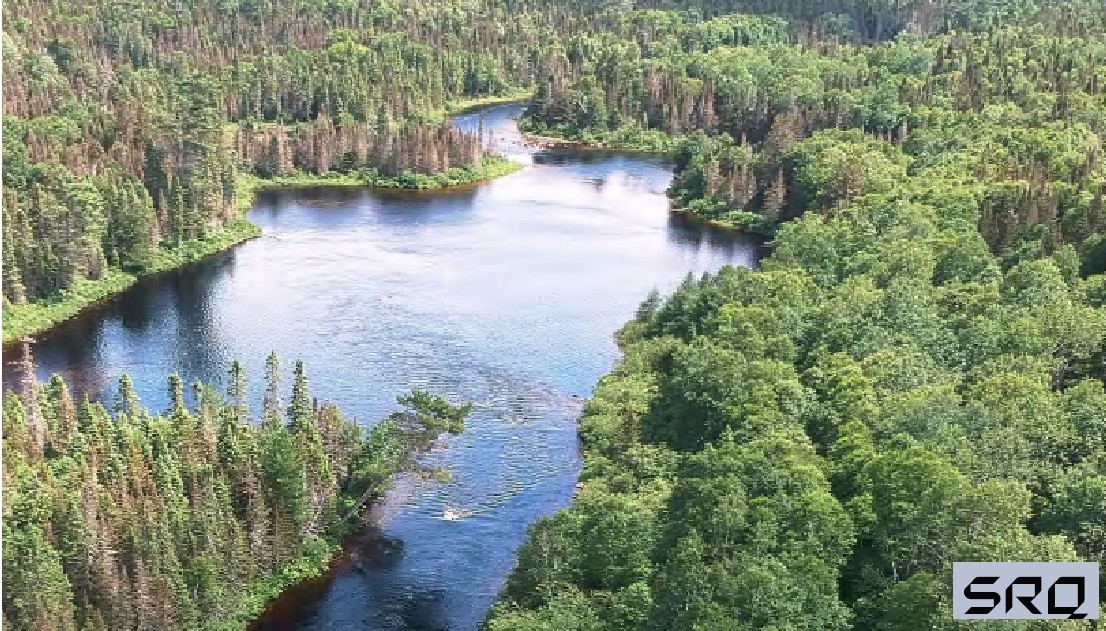
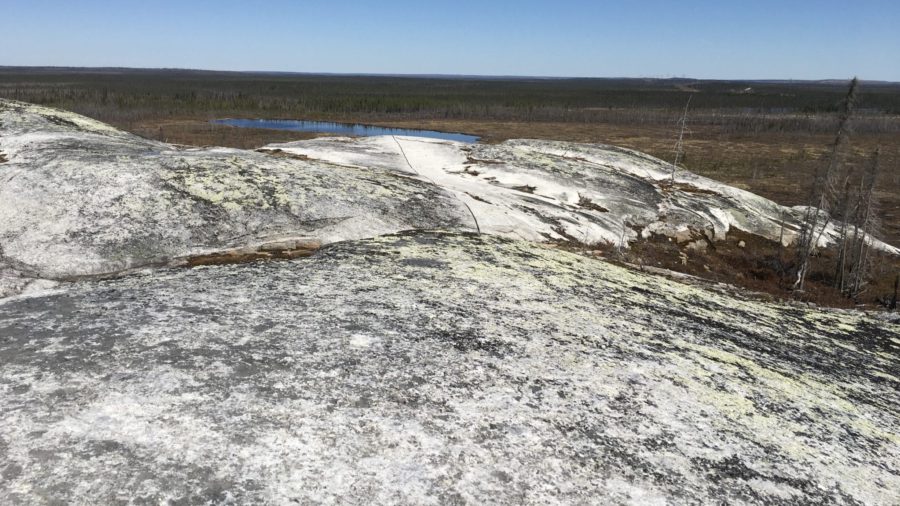
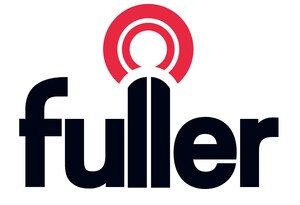
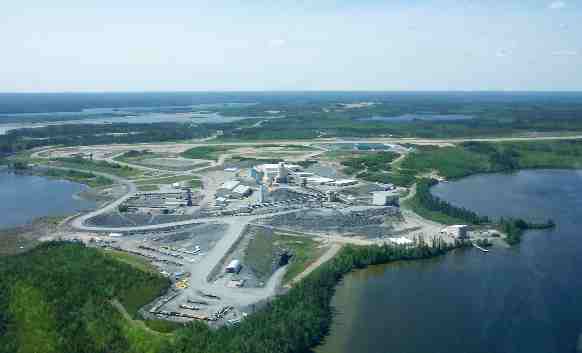
Comments